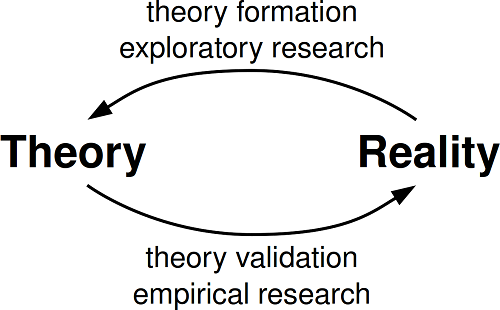
Why is Null hypothesis called null?
Null hypothesis is most commonly contained and encountered in experiments and research activities. First coined by an English geneticist and statistician named Ronald Fisher, null hypothesis continues to be used in the world of experiments all across the globe. Null hypothesis is basically the assumption of innocence in a scientific experiment. Generally corresponding to a default or neutral state, the null hypothesis usually presents to be an absence of relationship between the studied elements or the treatment has no effect to the variables being used and experimented upon. Most accurately paired with another type of hypothesis called the alternative hypothesis, where an assertion of a relationship is said to exist, null hypothesis, on the other hand, approaches to be in a negative connotation or simply at a neutral standpoint. Therefore, it is the null hypothesis which tested in an experiment. With the null hypothesis as the starting point for an investigation, an experiment is said to occur once this hypothesis is formulated.
The null hypothesis, denoted by a symbol Ho, functions as the critique in identifying differences between treatment and control groups in an experiment. When the null hypothesis is proven in its true statement, the experiment will have no conclusion and the experiment will need to be studied further to arrive at a justifiable conclusion. Therefore, null hypothesis is called null because the only option faced with this hypothesis is the possibility of rejection. Only when the hope of rejecting such hypothesis is likely to happen can a hypothesis be called such.
Assumed to be true, null hypotheses are almost always contained in various experiments and researches. Indeed, it remains to be useful in any aspects and fields where the concept of scientific investigation is deemed necessary to arrive at a conclusive outcome.












Leave a Reply